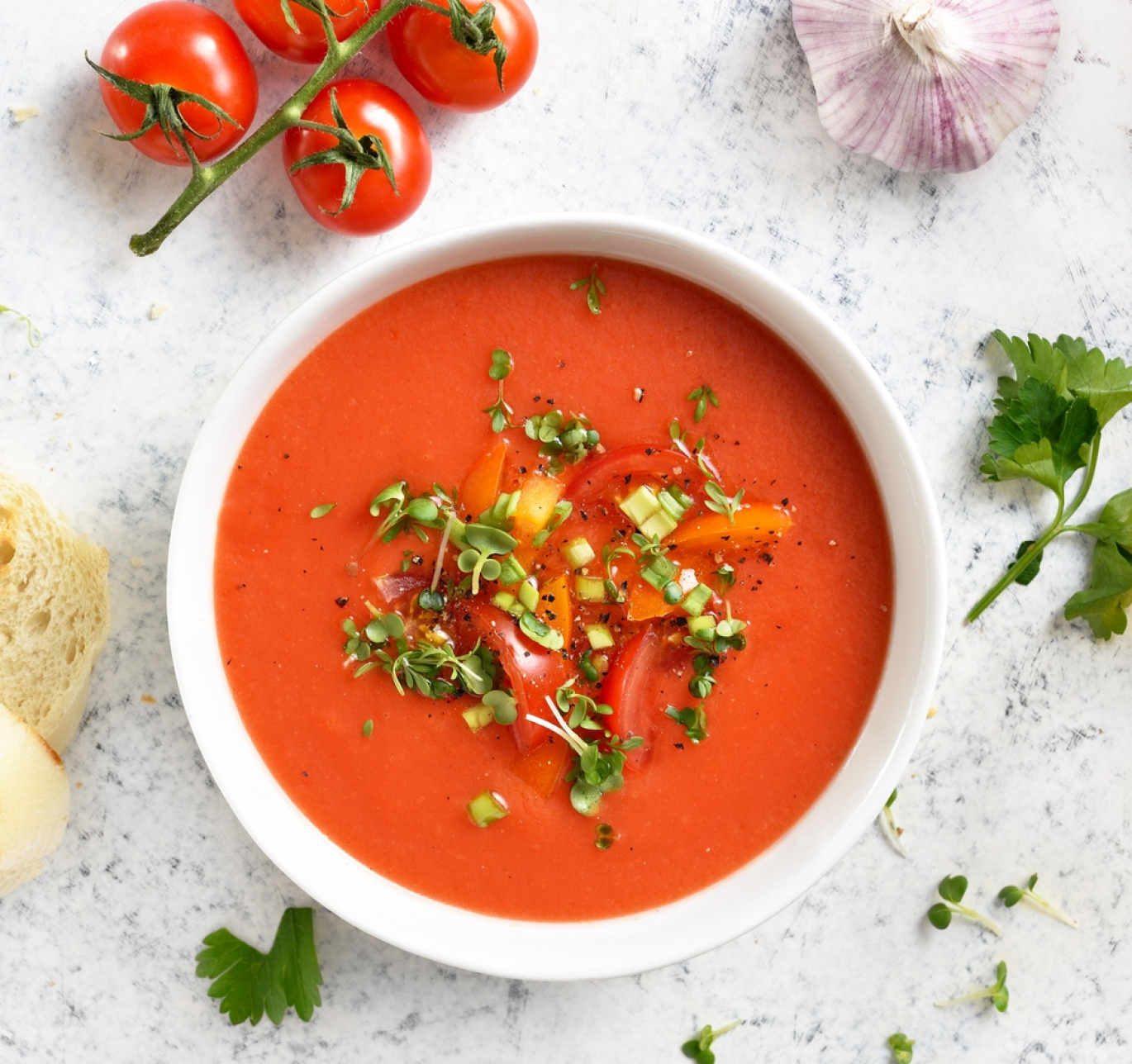Fabric conditioner isn’t just about making your clothes smell good and keeping them looking fantastic it has its place and sadly can’t be used on all fabrics. When you do use fabric conditioner it is truly amazing and will help to keep your clothes lasting longer, help to retain their shape and protect against colour fading.
It will also help to speed up the drying and that dreaded ironing.
When NOT to use
Cashmere and Wool
Don’t lose the luxury of a cashmere sweater or a soft woollen jumper. Expensive and high quality fabrics like these can be damaged by softeners which can cause bobbling, wear down the fibres and pilling. Fabric softener can also make them feel stiffer.
An easy rule of thumb is to not use fabric softener on an expensive item of clothing.
To keep your jumpers in tip top condition always ready the care label, wash inside out, wash on a low temperature with a low spin and use a gentle detergent designed for delicates. Avoid using enzyme based detergents as this can destroy the protein in the wool.
Towels
Fabric conditioner makes your towels less absorbent, wears down the fibres, makes them slippery and gives them a greasy feel. If you want to keep your towels feeling like new, soft and fluffy then add in 20ml of white vinegar to the wash, you can either add this directly to your drum or add to the fabric conditioner compartment of your washing machine.
The vinegar softens towels and helps removes bacteria, a much better option than coating the towels with synthetic chemicals. If you want fragrance, you can add a drop or two of pure essential towards the end of the cycle.
Follow this advise too for microfibre cloths.
Sensitive skin
Although fabric softener is gentle on fabrics, it can be harsh on your skin. If you notice a skin reaction such as irritation or a rash, it could be your fabric softener. If a reaction occurs, stop using your softener immediately and see if you notice an improvement.
If you have sensitive skin, it is worth checking the label before you buy your softener to see if it is suitable. Some fabric softeners are formulated to be kinder to sensitive skin.
Flame resistant
Fabric softener can also reduce the effectiveness of flame-resistant clothing as it covers the fabric with a waxy coating. This can actually make them more flammable, so stay away from softener when washing items such as baby clothing, children’s pyjamas, dressing-up costumes, and anything else with a flame-resistant label.
When to use
Bedding
There is nothing better than snuggling down in freshly changed bed sheets that smell amazing and fabric conditioner makes this all the more luxurious by keeping the fibres soft and reducing static. If you only use fabric softener on one thing, let that be your bedding!
Top tip – using a lavender-scented fabric softener on your bedding can improve your quality of sleep, as lavender has been proven to aid sleep
Synthetic fibres
Clothing made of synthetic fibres like acrylic and polyester.
When in doubt leave it out.










